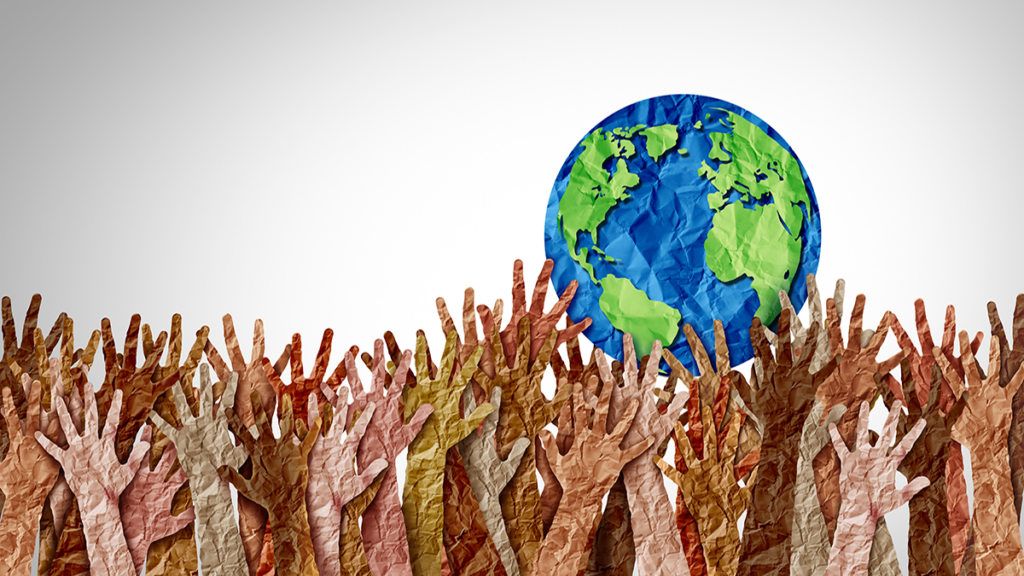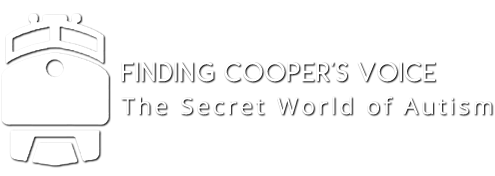A Need for Diversity in Autism Media Representation

While more is being discussed about the importance of authentic autism and disability representation on screen, we can’t forget to write more autistic and disabled characters of color if we truly want to embrace inclusion.
I posted a question on my Instagram page asking people to “fill in the blank” and name their favorite autistic TV character. The top four answers were Shaun Murphy on “The Good Doctor,” Sam Gardener on “Atypical,” Matilda on “Everything’s Gonna Be Okay” and Max Braverman on “Parenthood.”
All four of these characters are white.
I believe the reason we see such an emphasis on these roles is because of the popular image of autism only affecting boys who are white — one part of the stereotype that all those with autism are like Rain Man.

I believe this myth is part of the reason why black children are diagnosed later on average than white children. Those of other races are also underrepresented on screen.
This first came to the back of my mind when I was the autistic entertainment consultant for the 2012 film “Joyful Noise.” The movie features Walter Hill (played by Dexter Darden), a young teen character who is Black and autistic.
I grew up loving theater and had written frequently about theater therapy on my blog and the impact it had on my development.

I was brought on to this film to share my perspective of growing up with autism to make the character as realistic as possible. While helping with this film, in my research, I wasn’t able to find any entertainment projects that included Black autistic characters.
Today I know several Black autistic self-advocates, including Lamar Hardwick who allowed me to write the forward to his book and is a pastor on the autism spectrum. I also know of Guy Smith who is autistic and a current college student and singer.
My wish is that, as we continue to see more autistic characters on screen, we will also see a beautiful diversity to represent the spectrum of autism.
I know I’m not alone in this wish!

